Hello,
I can't believe it's been a year already. I'm a slow planner, but I think I'm ready to do some work. I've used the trailer to transport a few bulky items that needed protection from the weather. Other than that, the trailer usually sits at home. Sometime during the course of having work done on my home, one of the
(many) contractors working on my property decided that the trailer's aluminum fenders make great seats. It's both bent in the middle and pulled away at the front edge where there's no attachment due to lack of a structural member...
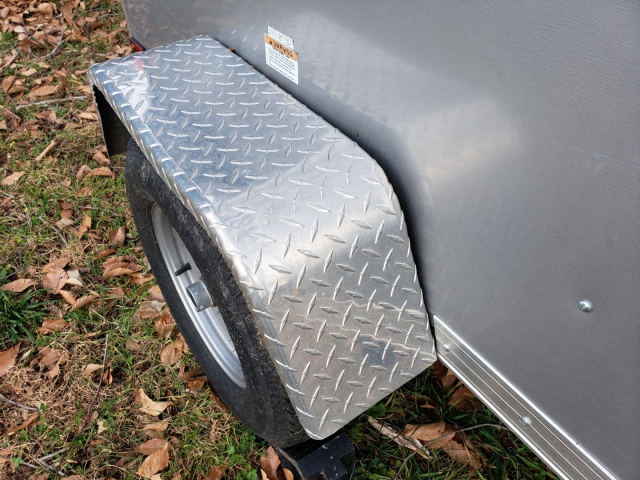
Apparently, the label "NO STEP" does not mean "NO SEAT." I discovered the bent fenders weeks after the work had been done. So I only have a vague idea of who might've done it. The recent weather compelled me to do some trailer maintenance, starting with lubing the hubs and repainting the frame/suspension...
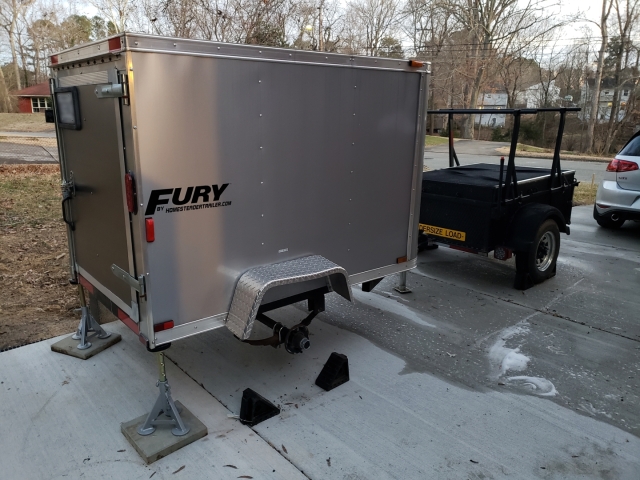
Then replacing the fenders...
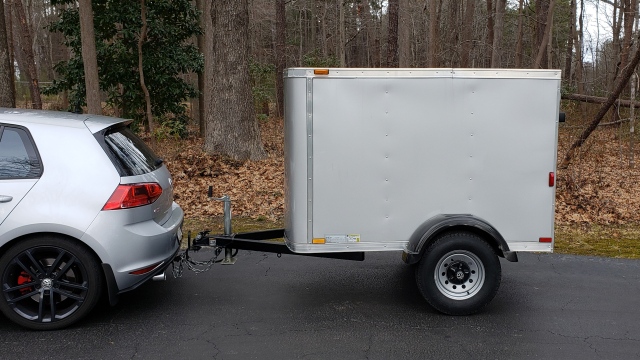
These fenders have a splash guard which happens to make them quite sturdy. I don't consider them sturdy enough to sit on, but they're much stronger than the original aluminum. Regardless, I don't want anyone sitting on them and I don't think larger "NO STEP/NO SEAT" signs will fix stupid. I think these bird deterrents may persuade all but the truly impaired to sit somewhere else
(this is my utility trailer)...

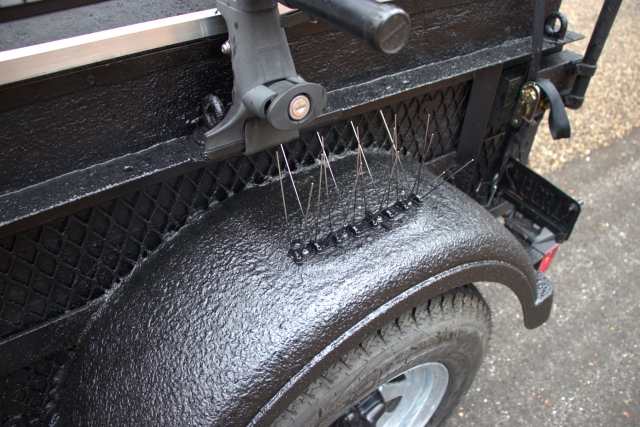
I'm going to wait until I've refinished the cargo trailer's exterior before adding these gems to the fenders.

Now that I have a mod-bug for my trailer and motivated to do some work, much of which needs to happen before I can refinish the exterior, I've purchased some supplies and started toward the goal of creating a stealthy sleeper of sorts.
My first action was to strip off the excessive branding on the walls. In the process, I discovered that the finish is very fragile. So I will have the trailer wrapped to match my tow vehicle after my other work is done. For now, I've only managed to paint the upper and lower trim pieces in gloss black to sort of tie-in the gloss black fenders. I think it has improved the looks a hair...
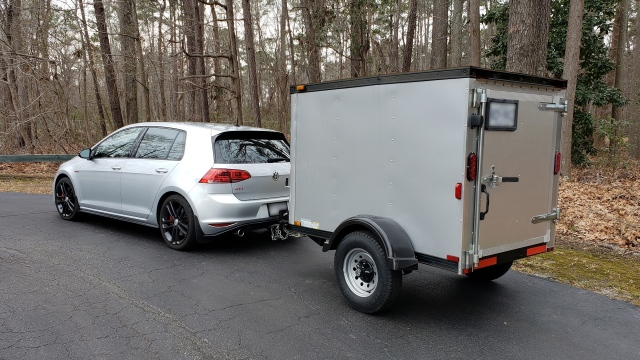
I still need to do some wet sanding to smooth the surface so the wrap sticks better. But I have to let the rain pass first. Next, I will remove the interior walls to prepare for some very light electrical work.
Being only a 4x6' trailer, I don't need to run power along an entire wall. I plan to drill a hole in the rear third of the driver's side for a 115V power inlet. I have a NOCO GCP1 that I will tie to a single GFCI outlet on the interior wall. I suspect the only time I'll use 115V is on a rare occasion when I might want to run a small heater. I don't think I will camp during "AC weather." But I may surprise myself. I will also tie the 115V circuit to a 5A battery tender so that I can top-off the battery before trips.
I have a tentative plan to put a 100-Ah AGM deep cycle battery under the floor near the rear driver's side corner
(or closer to the axle for better balance). I'm still brainstorming how I want to mount it. I don't expect to have a high 12V demand... just a roof fan, a light or two, and USB powered items. I'm leaving myself open to the idea of adding solar inputs, too.
I hope to be able to provide more frequent updates now that I'm more committed to getting this done. For now, I have two questions about the electrical stuff that I didn't find during a search:
1) Some of the prominent schematics I've seen here seem to show that many are running dedicated negative (black) wires for each 12V circuit back to the battery. I suspect that's because most TDs are made from wood. In our cargo trailers with metal structures, can't we just ground each circuit to a steel member?
2) Having the NOCO GCP1 tied directly to a GFCI outlet would seem to behave a bit like an extension cord. My first thought was to just connect the bare wires of the GCP1 to the outlet. However, since I'm planning to tie the circuit to a battery tender, and the 12V as a result, should the green screw in the outlet also be tied to the trailer's metal structure?
I'm very familiar with 12V circuits in my car and 115V circuits in my house, but dealing with both in a mobile environment has me scratching my head just a little.

Thanks!
Scott
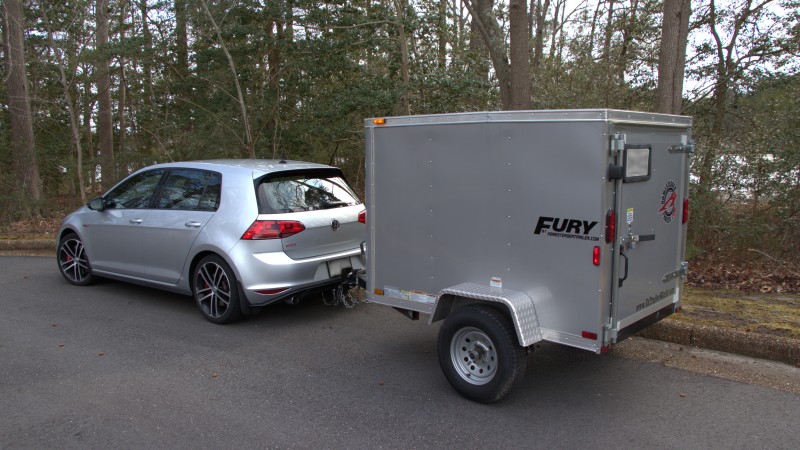
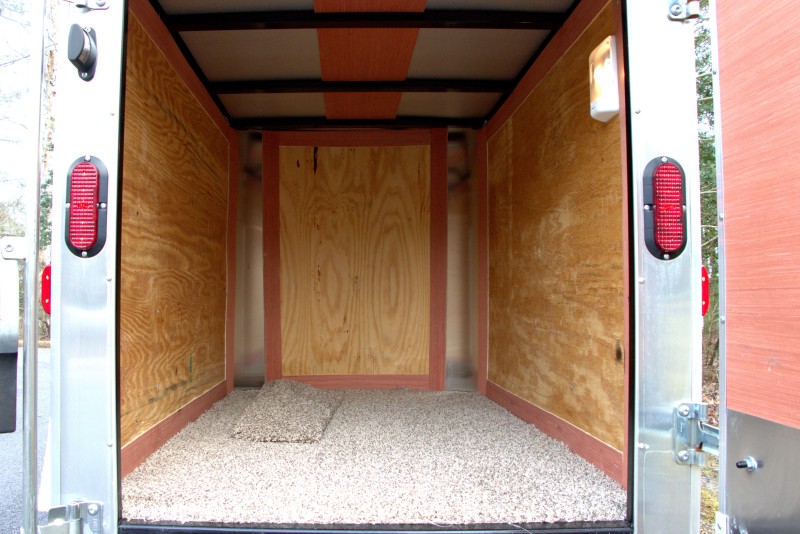
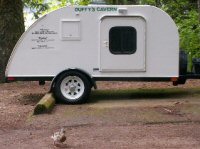







 Now that I have a mod-bug for my trailer and motivated to do some work, much of which needs to happen before I can refinish the exterior, I've purchased some supplies and started toward the goal of creating a stealthy sleeper of sorts.
Now that I have a mod-bug for my trailer and motivated to do some work, much of which needs to happen before I can refinish the exterior, I've purchased some supplies and started toward the goal of creating a stealthy sleeper of sorts. 

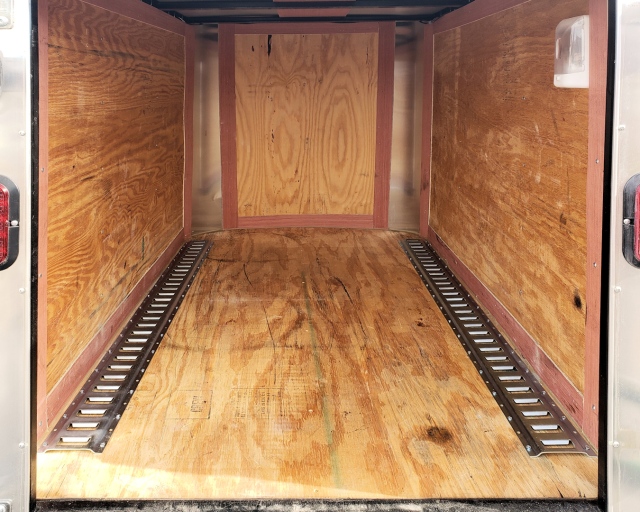
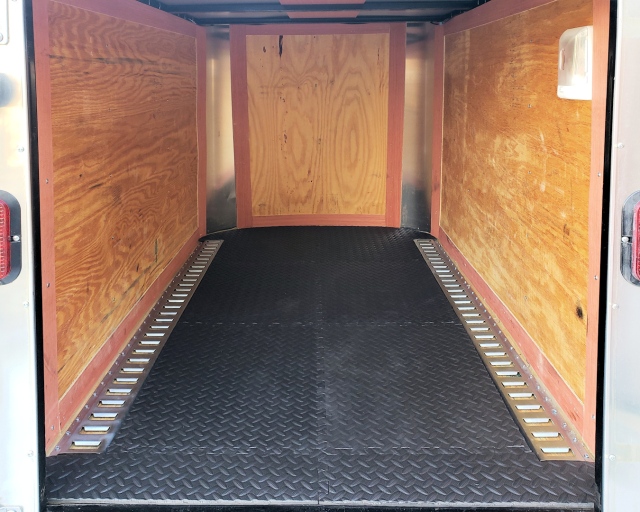
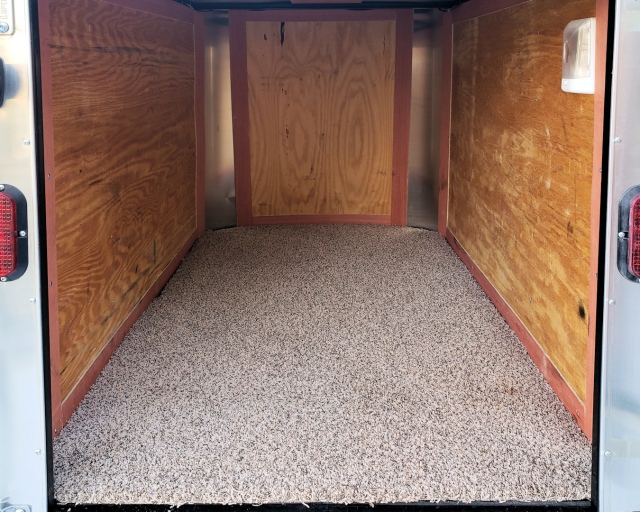
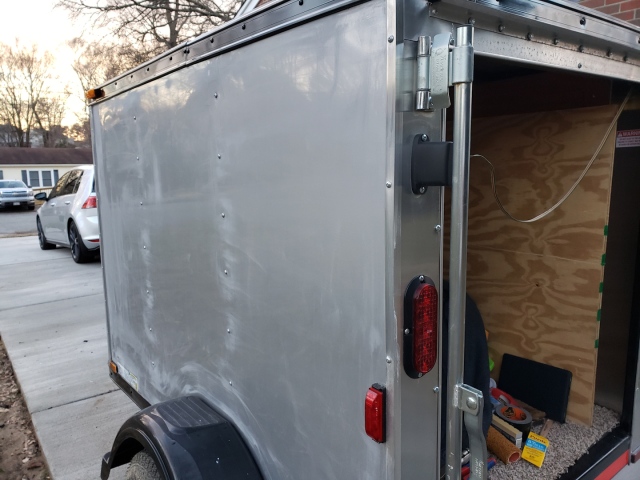
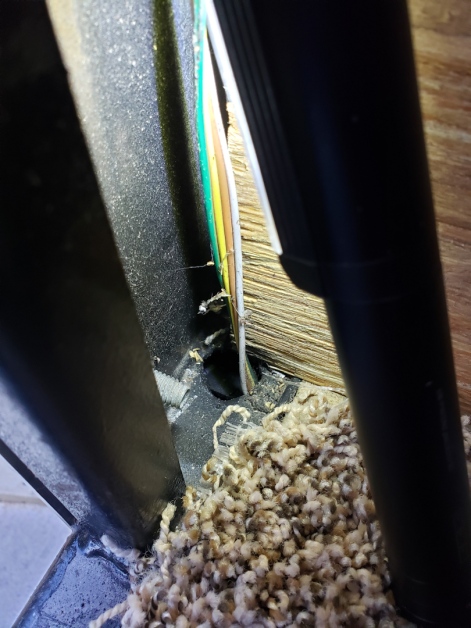
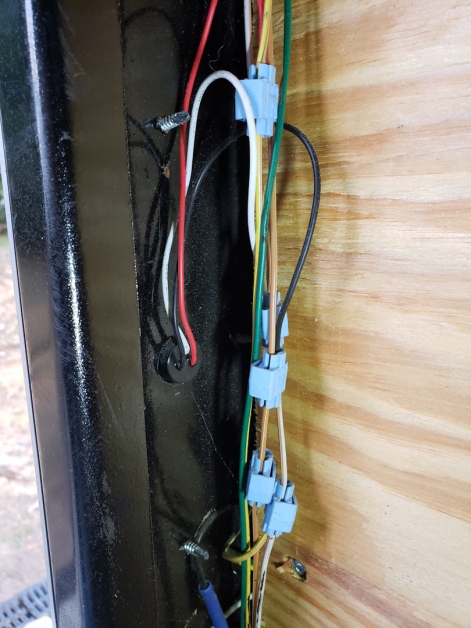

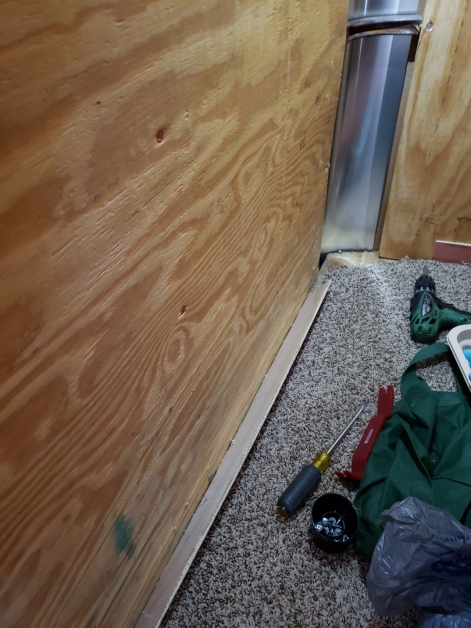
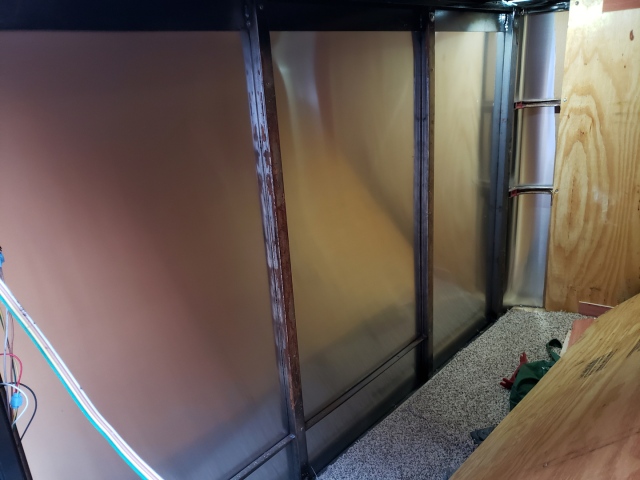
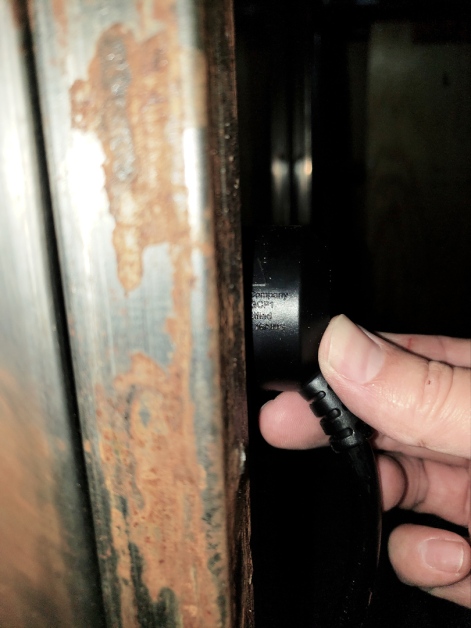
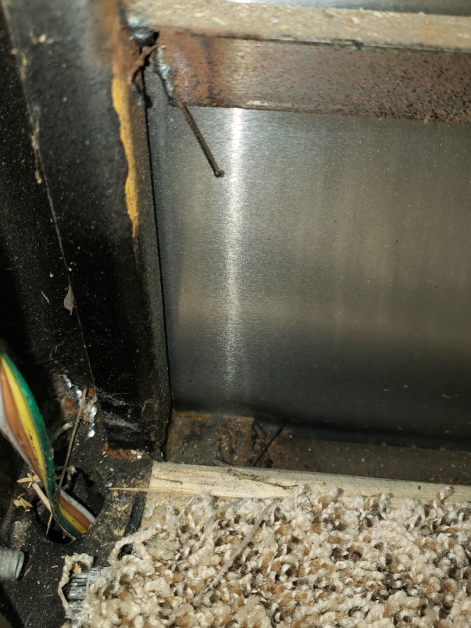

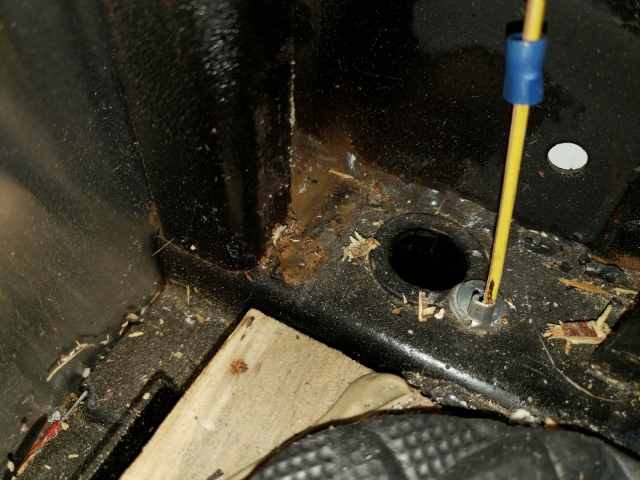
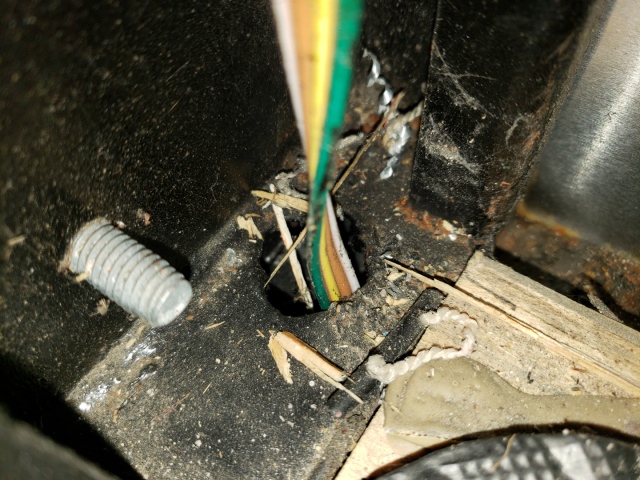

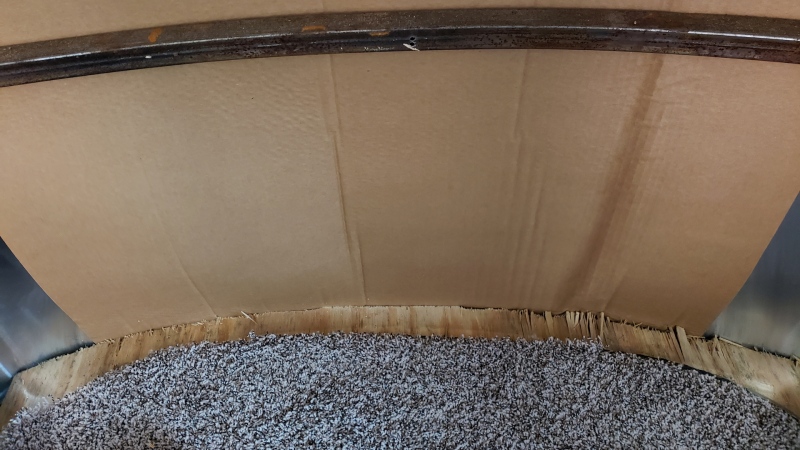
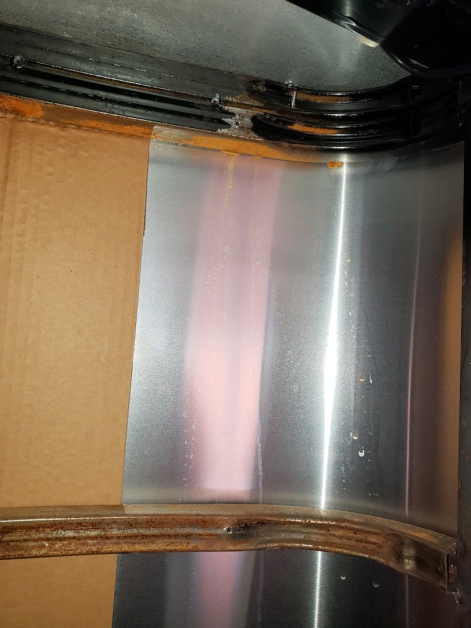
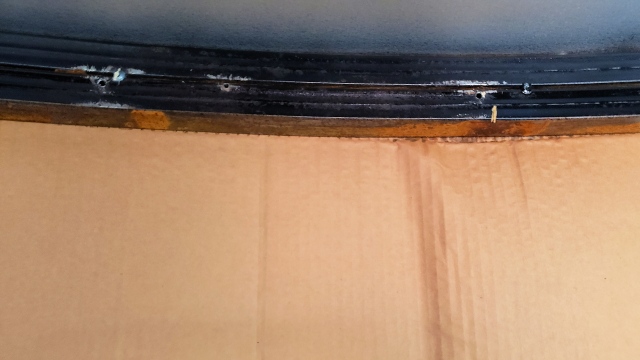
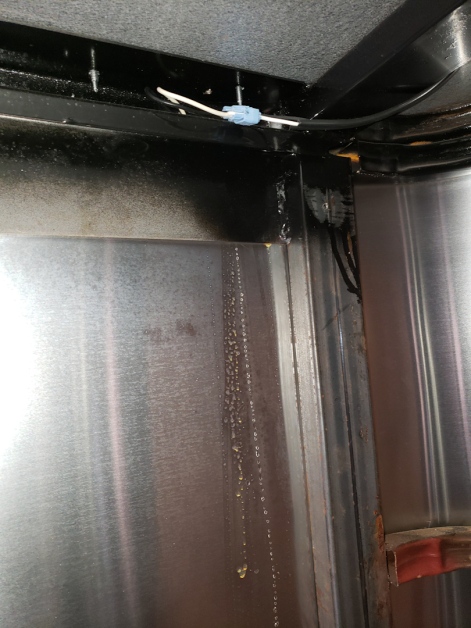
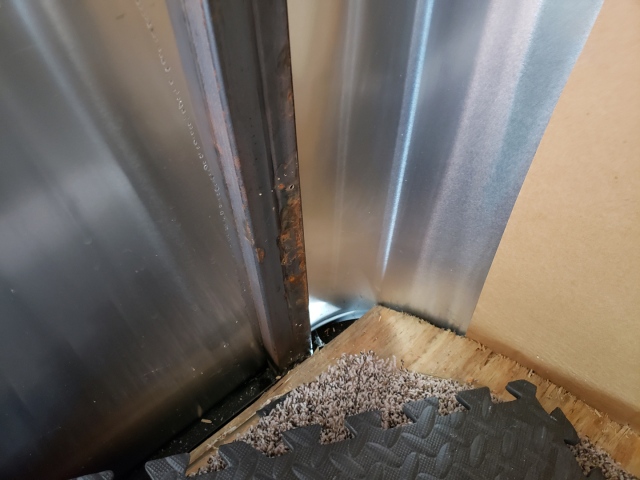
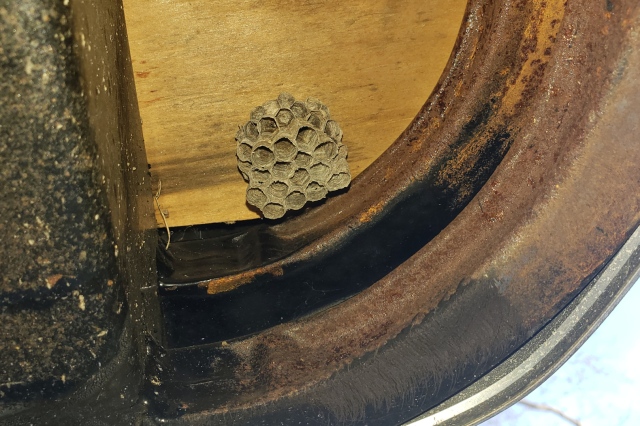
 But nothing more can happen until the rain stops. I think Monday will be good.
But nothing more can happen until the rain stops. I think Monday will be good.